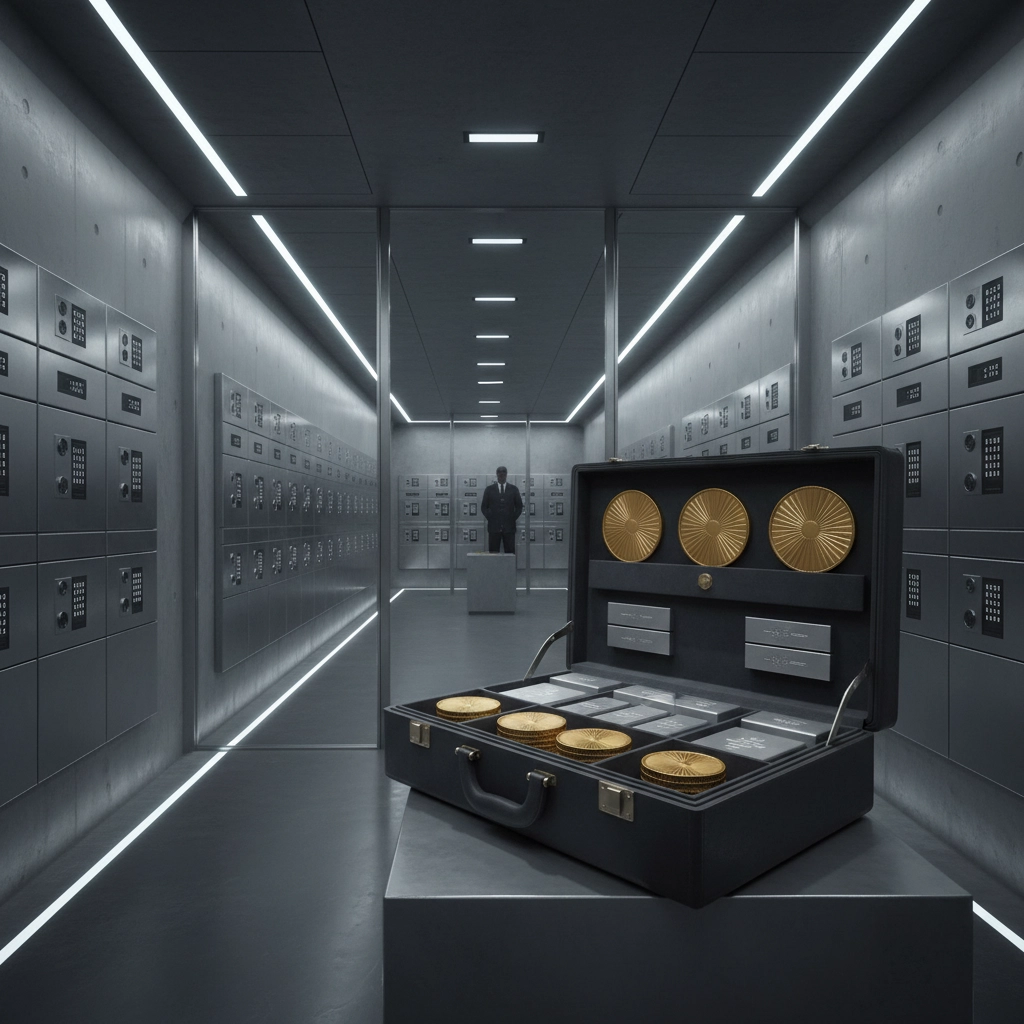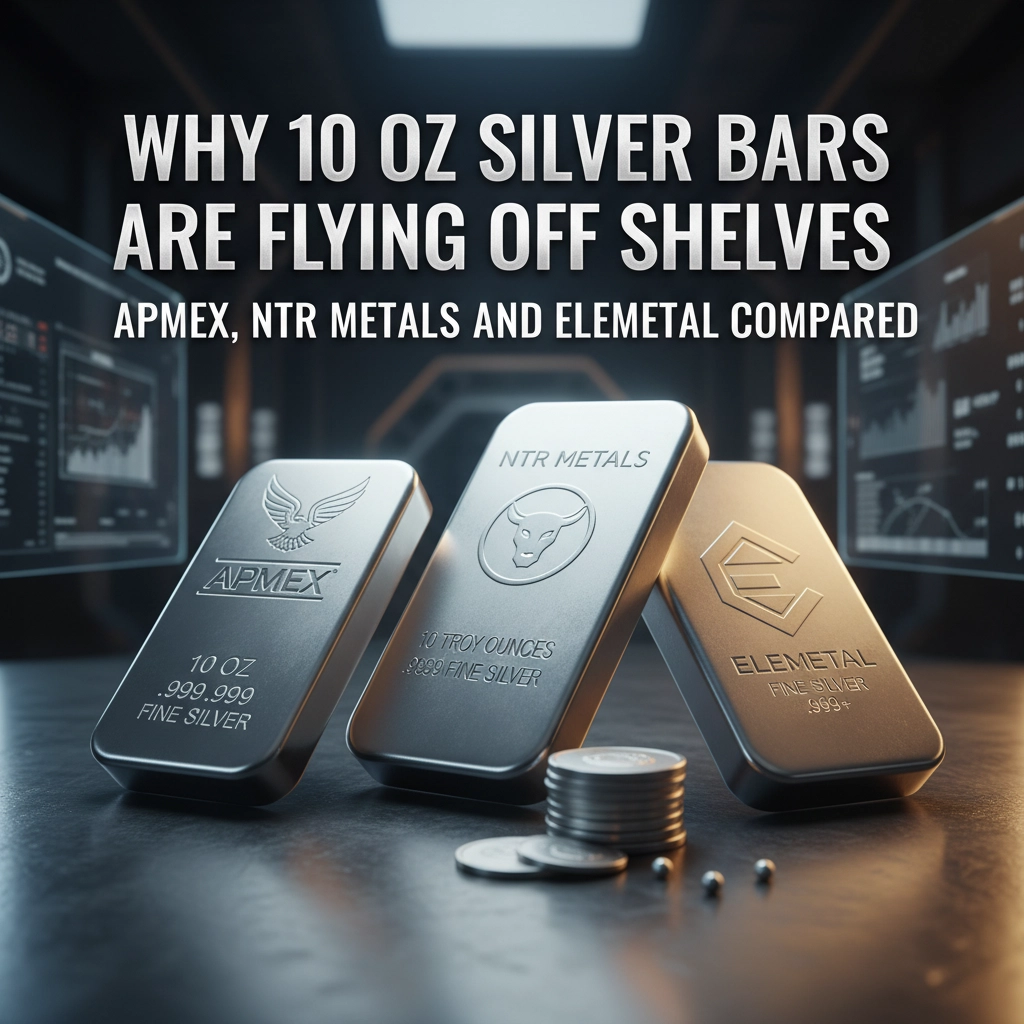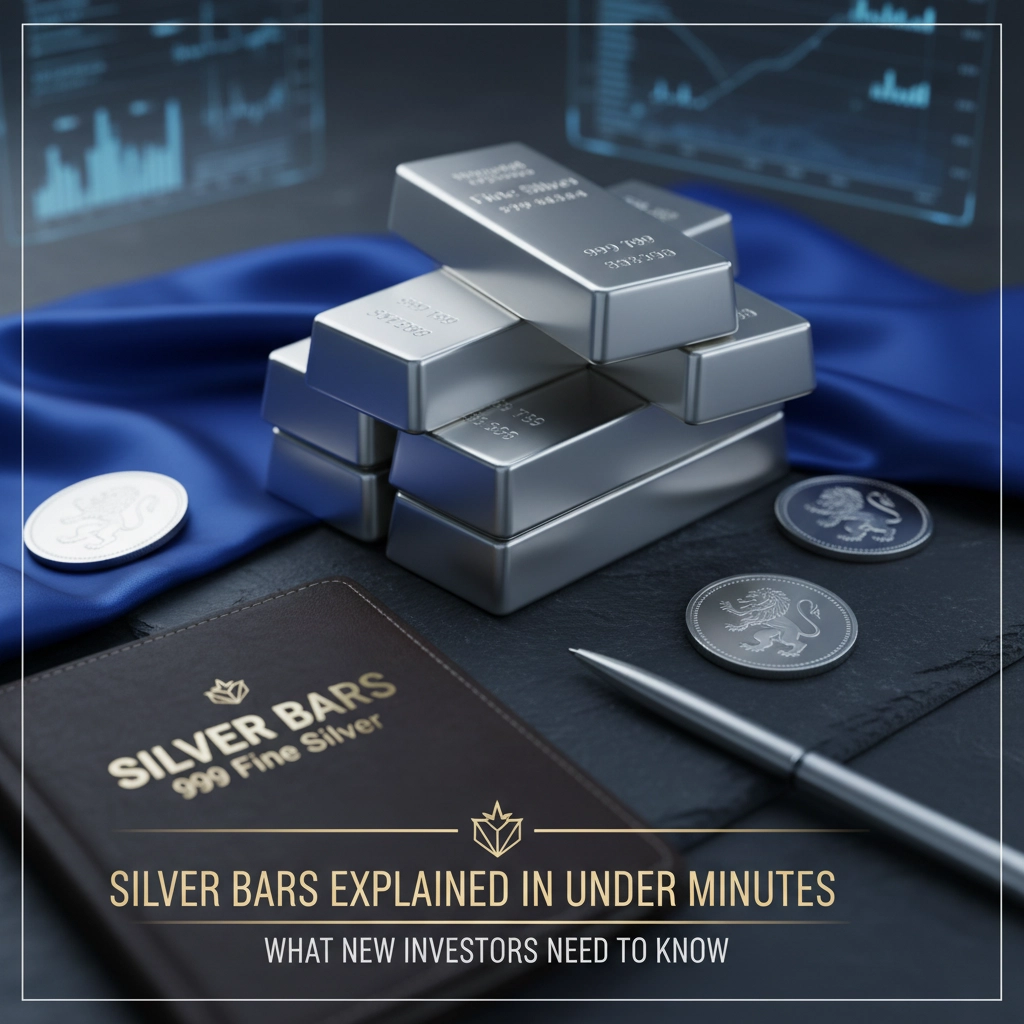Gold has shattered the $4,000 ceiling, reaching $4,340.90 per ounce on October 17, 2025, while silver soared to $53.82 per ounce: a level we haven't seen in over a decade. Prices are volatile and change rapidly—check our site for real-time spot rates. Bank of America is calling for $5,000 gold, and some analysts are even throwing around the $10,000 figure. With numbers like these flying around, you're probably wondering: Is it too late to jump in, or am I missing the opportunity of a lifetime?
The short answer? It's not necessarily too late, but investors are making critical errors that could cost them dearly. Whether you're sitting on the sidelines paralyzed by FOMO or already holding positions, understanding these seven common mistakes could be the difference between building wealth and watching it evaporate.
Mistake #1: Trying to Time the Perfect Entry Point
Here's the brutal truth: You'll never catch the exact bottom. While you've been waiting for that magical pullback to $3,500 gold or $45 silver, prices have continued their relentless climb. The investment principle that holds true across all asset classes rings especially loud in precious metals: It's far better to spend time in the market than trying to time the market.
Think about it this way: if you'd been waiting since gold hit $3,000 for a "better" entry point, you've already missed a $1,000+ move. That's a 33% gain you left on the table while searching for perfection.

The smartest precious metals investors use dollar-cost averaging. They buy consistently over time, regardless of whether prices are at daily highs or lows. This approach smooths out volatility and removes the emotional stress of trying to predict short-term movements.
Mistake #2: Assuming This Rally Will Last Forever
Just because gold has momentum doesn't mean it will climb indefinitely. Bank of America's $5,000 gold forecast "right after we rocketed to $4,000 feels normal," but this comfort can be dangerous. When everyone starts expecting higher prices, that's often when markets surprise us.
Here's what history tells us: Gold rallies tend to be longer while silver rallies tend to be shorter. Looking at previous bull markets, gold rallies have averaged around 10 years, while silver's explosive moves typically last closer to 3 years. This doesn't mean you should panic-sell your silver tomorrow, but it does mean your exit strategy should account for these different timelines.
The current rally has legs: geopolitical tensions, currency debasement, and economic uncertainty aren't going away overnight. But prudent investors prepare for eventual corrections and position sizes accordingly.
Mistake #3: Ignoring the Fundamental Drivers
Many investors get caught up in price action and forget to look at why precious metals are rallying. This is like driving while staring at the speedometer instead of the road ahead.
The fundamentals supporting precious metals remain rock-solid:
Central banks are still buying gold, not selling: this is always a massive signal. When the institutions that control money supply are accumulating gold, they're essentially voting no-confidence in their own currencies.
Real interest rates remain low or negative in many developed nations. When inflation runs higher than bond yields, holding gold becomes the rational choice for preserving purchasing power.
Currency debasement continues globally. Every major central bank is trapped in a debt spiral that requires money printing. Gold and silver are the ultimate escape valves from this monetary madness.
Mistake #4: Treating Gold and Silver Identically
This is a costly assumption. While both are precious metals, gold and silver have distinctly different market personalities.
Silver is the wild child: more volatile, more sensitive to industrial demand, and prone to explosive moves that can double or triple in short timeframes. Gold is the steady elder: more predictable, primarily driven by monetary factors, and less susceptible to industrial demand fluctuations.

Silver's current rally may be shorter-lived than gold's. If historical patterns hold, silver investors should be more tactical about taking profits, while gold investors can afford to be more strategic and long-term focused.
Your allocation between the two should reflect these different characteristics. Many successful precious metals investors hold a 70-30 or 80-20 gold-to-silver ratio, using silver for potential explosive gains and gold for wealth preservation.
Mistake #5: Chasing Headlines Instead of Building Strategy
When Ed Yardeni suggests gold could hit $10,000 "before the end of the decade," it's easy to get caught up in the excitement. But chasing predictions without your own investment thesis is a recipe for disaster.
Ask yourself these critical questions before making any moves:
- What percentage of my portfolio should be in precious metals?
- Am I buying for wealth preservation or speculation?
- What would make me sell?
- How do precious metals fit into my overall financial plan?
The most successful investors ignore the noise and stick to their predetermined allocation targets. If precious metals were 5% of your portfolio and they've grown to 15% due to price appreciation, maybe it's time to rebalance: regardless of what the headlines say.
Mistake #6: Overlooking Storage and Liquidity Considerations
Physical precious metals are not stocks: you can't just click "sell" and have cash in your account the next day. Yet many investors jump into gold and silver without considering the practical aspects of ownership.
Storage costs can eat into returns over time. Insurance, safe deposit boxes, or third-party storage all come with ongoing expenses. If you're buying small amounts, these costs can represent a significant percentage of your investment.
Liquidity varies dramatically between different products. American Eagles and Canadian Maple Leafs are recognized worldwide and easy to sell. Obscure commemorative coins or bars from unknown mints might be harder to liquidate quickly.

Consider your liquidity needs carefully. If you might need to access this wealth quickly during a crisis, having some precious metals in highly liquid forms makes sense: even if you pay slightly higher premiums upfront.
Mistake #7: Emotional Decision Making
Fear and greed are portfolio killers, especially in volatile markets like precious metals. Right now, FOMO (fear of missing out) is driving many investment decisions. People see gold at $4,000+ and silver at $50+ and feel like they need to act immediately.
On the flip side, when corrections inevitably come, panic selling becomes the dominant emotion. Investors who bought at the top often sell at the bottom, locking in losses just before the next leg up begins.
The antidote to emotional investing is having a plan and sticking to it. Set your allocation targets in advance. Decide your buying and selling criteria when you're thinking clearly, not when markets are moving violently.
Should You Buy at These Levels?
New highs don't automatically mean it's too late. If your investment thesis is sound: if you believe in the long-term case for precious metals as portfolio diversification and wealth preservation: then current prices may still represent reasonable entry points.
The key is approaching this methodically, not emotionally. Consider these strategies:
Dollar-cost averaging into positions over several months rather than making one large purchase. This reduces the impact of any near-term volatility.
Start with a small position if you're new to precious metals. There's no rule saying you need to reach your target allocation immediately.
Focus on quality products from reputable dealers. This isn't the time to chase the cheapest options: liquidity and recognition matter more than saving a few dollars per ounce.
The economic and monetary conditions that drove gold from $1,200 to $4,000+ haven't disappeared. If anything, they've intensified. Central bank buying continues, geopolitical risks remain elevated, and currency debasement shows no signs of slowing.
The question isn't whether precious metals will go higher: it's whether you're prepared for the journey. Volatility will continue. Corrections will happen. But for investors with the right mindset and strategy, current levels may look like bargains in hindsight.
Don't let perfect be the enemy of good. If precious metals make sense for your portfolio, waiting for lower prices that may never come could be the biggest mistake of all. The best time to plant a tree was 20 years ago: the second-best time is now.
Ready to add precious metals to your portfolio? Explore our current inventory and take the first step toward protecting your wealth against an uncertain financial future.
One thing I want to mention is our unique service—Bullion Fortune lets you schedule recurring purchases, like buying 2 coins every month. Call us to get more details!







Leave a comment